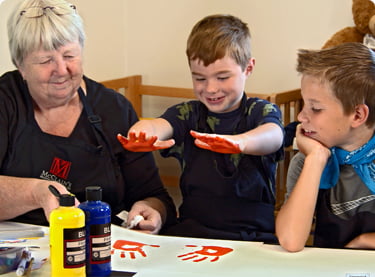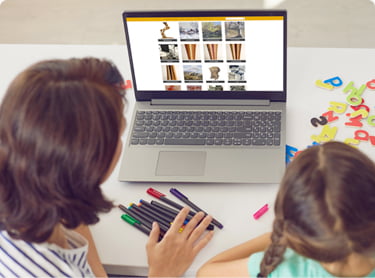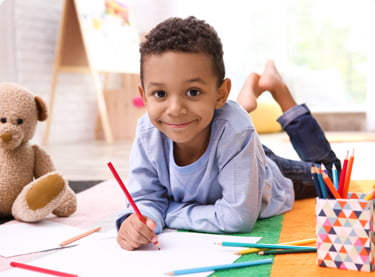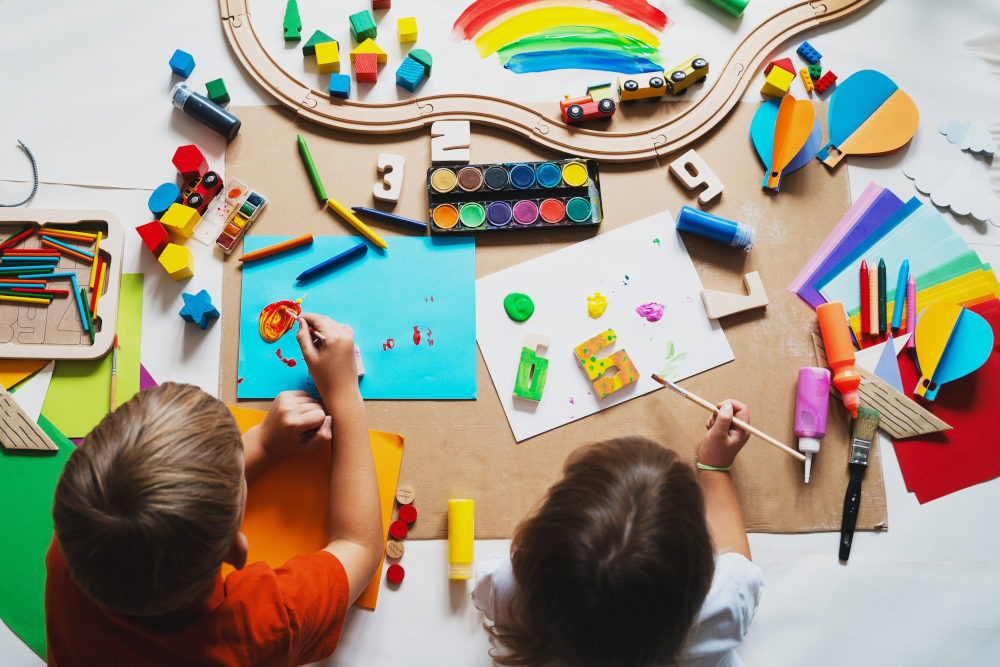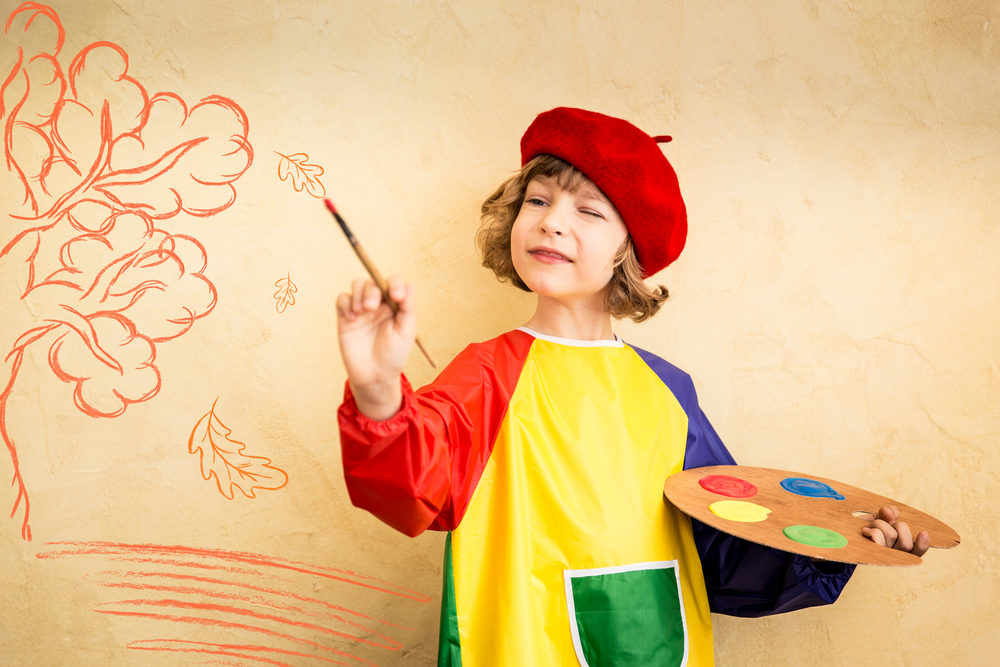
Art education is essential to a child’s development, enhancing creativity, critical thinking, problem-solving and motor skills. When educators teach art in the classroom students can acquire skills that last a lifetime. The following strategies are designed to nurture young artists and their abilities as they explore the world of art and develop practical techniques.
Top 5 Ways to Teach Art in the Classroom
Learning about art brings benefits that go beyond understanding creative techniques. From math and science to history and literature, art education can prove to be incredibly valuable.
1. Develop a Strong Artistic Foundation
For younger children or beginners, starting with basic skills and concepts builds a foundation to work from. Essential drawing techniques such as shading and perspective rely on lines, shapes and forms. More complex techniques are introduced as children progress, and can flow into illustration, painting and collage. Other valuable concepts that can be introduced include color theory and the basics of sculpture and printmaking.
2. Teach Art History to Develop Context
Many children only learn about art history after they’ve been creating art for years. However, an early introduction to important art movements and representative artists adds context to lessons and supports a deep appreciation of art overall. A good place to start is with Renaissance art and Leonardo da Vinci. You can find more ideas in our teacher’s guide for adding art literacy to lesson plans.
3. Encourage Learning Through Projects
Some hands-on fun projects in the classroom may include self-portraits, nature-inspired art, simple animal sculptures, even a group mural. Letting children create art without direction is fun indeed, while introducing a defined art project can encourage focus, critical thinking and problem-solving as a child works to meet certain goals. In learning about art, both methods serve a purpose.
4. Integrate Art With Complementary Subjects
Rather than treating art as an isolated subject in the creative fields, integrating art into other lessons such as science, math, history and music can be enlightening. This approach effectively demonstrates how knowledge is interconnected and can help ensure the information is retained. For example, you could teach a science lesson about the life cycle of a butterfly, then ask the children to create an art project based on this theme.
5. Incorporate Discussion and Feedback into Lessons
Communication is a crucial element of teaching art in the classroom. Encourage children to discuss their completed work and offer constructive feedback to help them improve. Examining projects as a group also helps create a collaborative classroom environment. When you need some inspiration, show one of our free art lessons to students and ask them to discuss their projects.
Watch Free Art Lessons in the Classroom
Golden Road Arts creates art tutorials for elementary and middle school kids. If you’re a teacher looking for high-quality content, take advantage of our free art lessons to assist you. To support the development of art lessons for children, please donate here.


